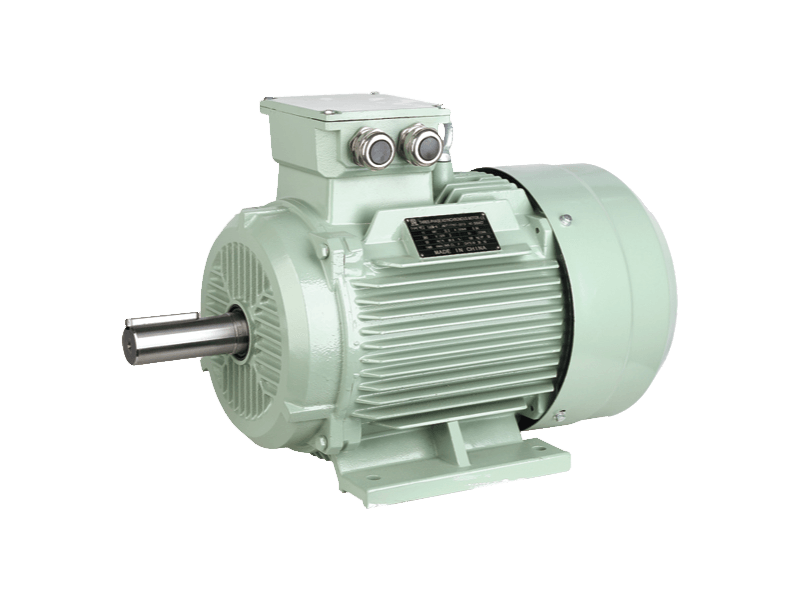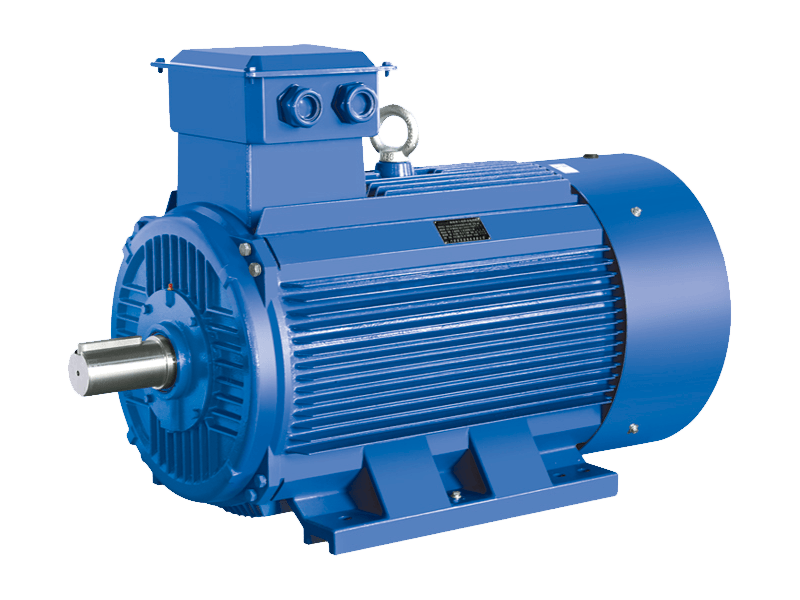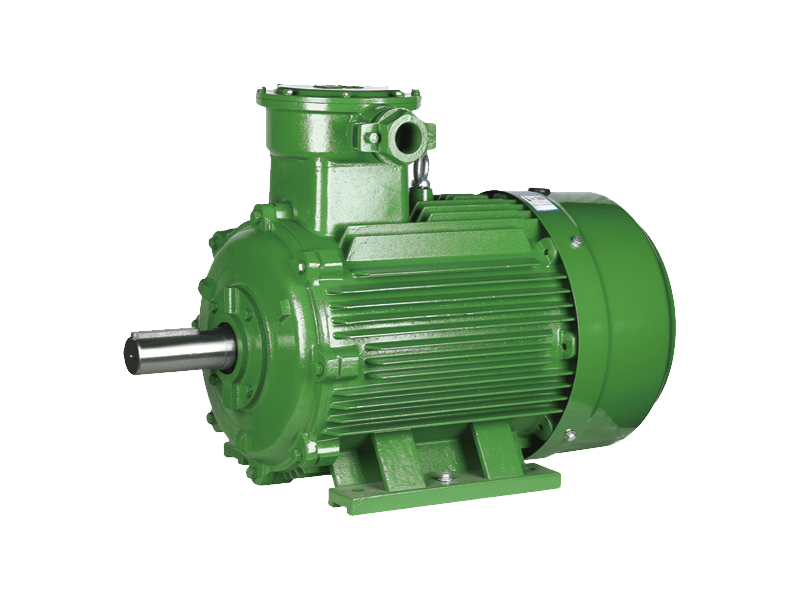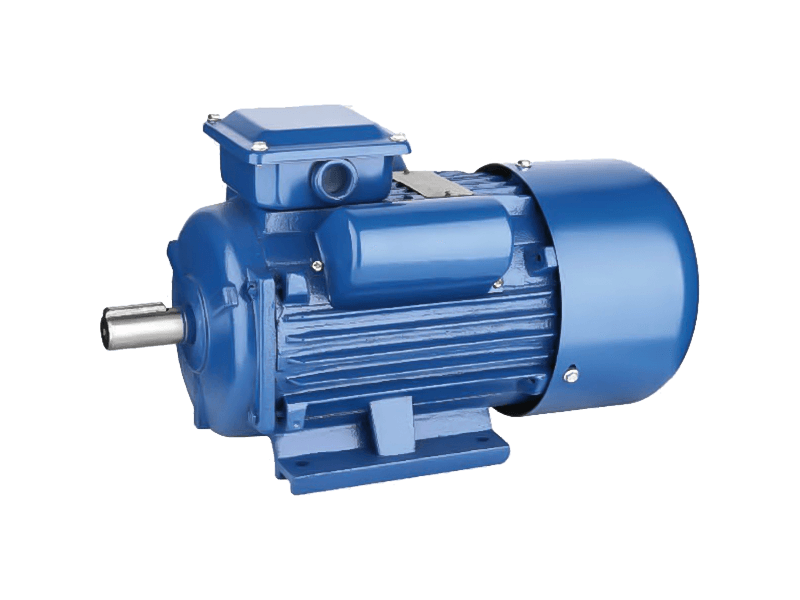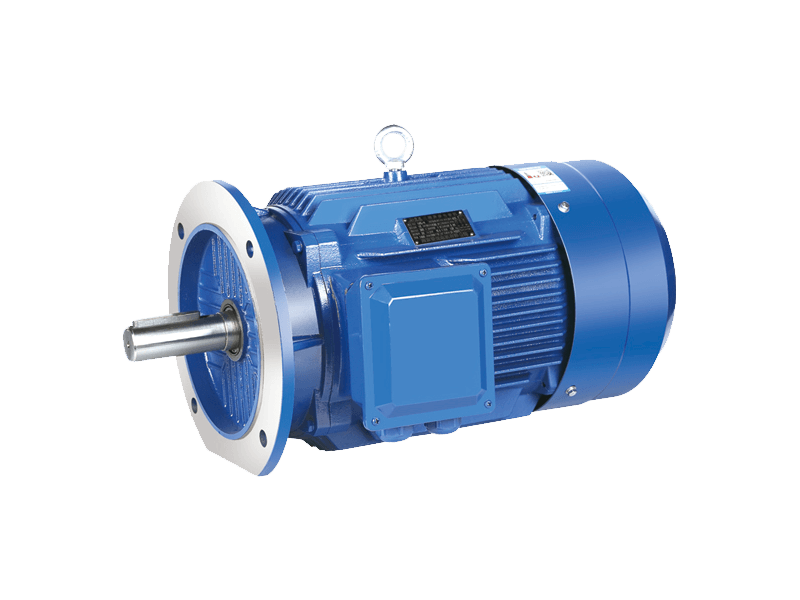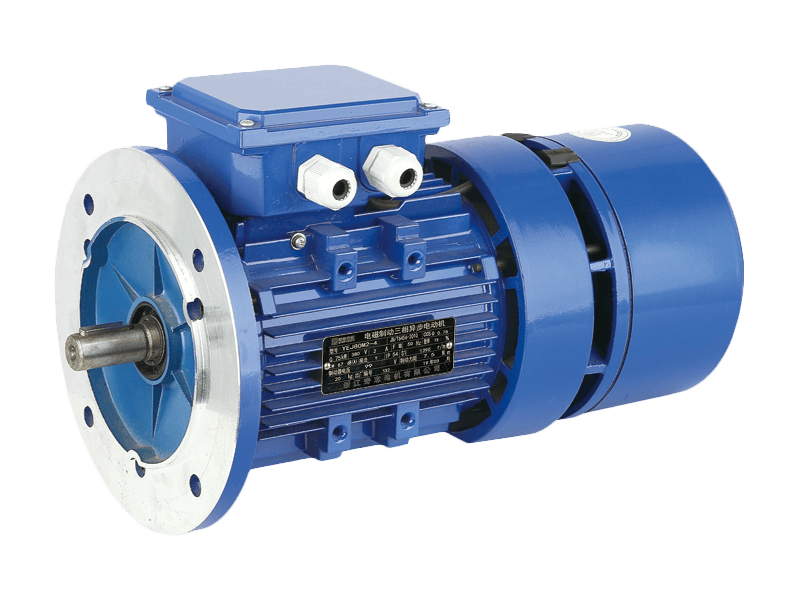The simple meaning is that the brushless DC motor and the synchronous AC motor are similar in structure and operation mode. Some manufacturers even classify the two together under the category of permanent magnet synchronous motors. However, the stator coil windings of the two and the corresponding back electromotive force of the motor are different, which stipulates different drive technologies for their performance characteristics. Let's take a look at the differences between the two.
structural similarity
Despite the peculiarity of their names, both brushless DC and synchronous
AC motors are brushless and both operate at synchronous speed. Brushless means they rely on electronics (typically Hall sensors) rather than mechanical carbon brushes to control the current to the windings. And synchronous means that their rotor and stator magnetic windings rotate at synchronous frequency or synchronous speed.
Both brushless DC and synchronous AC motors have permanent magnets (typically 4 or more) embedded in the rotor. The rotor magnets can be ferrites, which are cheaper but have a relatively low flux density. Or rare earth alloys (eg neodymium), which have a high magnetic flux density, but are very expensive in some citations. The stator is constructed of iron laminations, and the windings (usually three) are placed in axially cut slots.
The rotor permanent magnets create a rotor flux, and the current applied in the stator windings creates the electrical poles. When the stator position is such that the N pole of the rotor is close to the N pole of the stator, the poles repel each other and torque is created.

